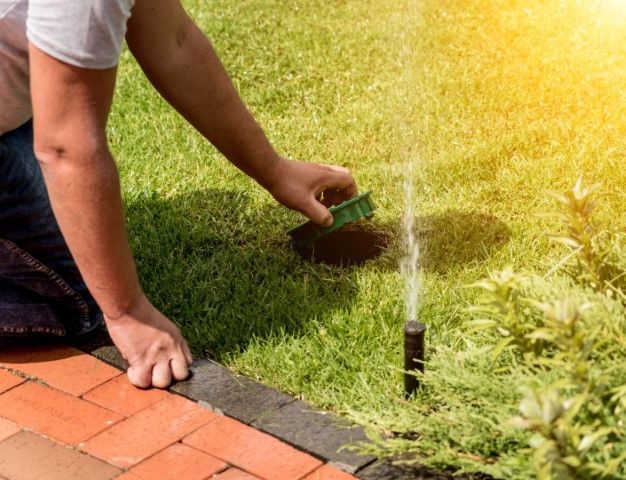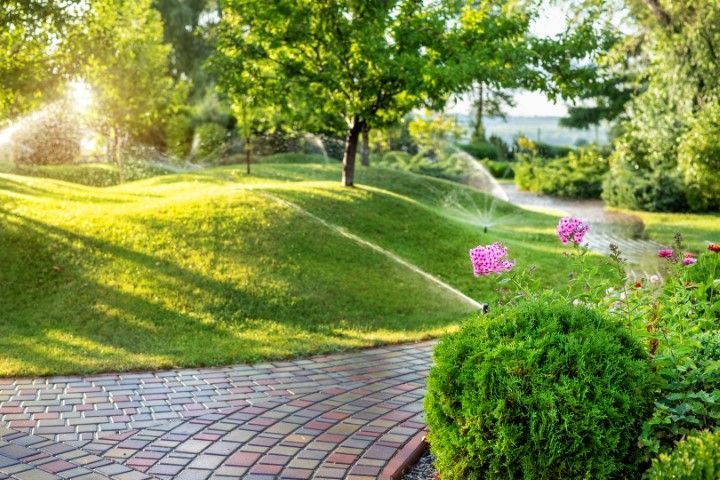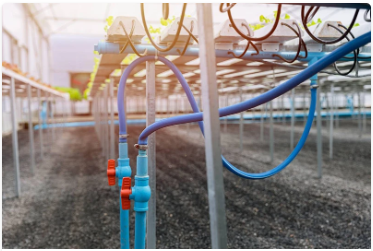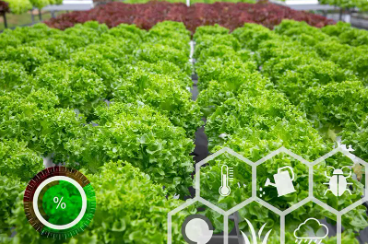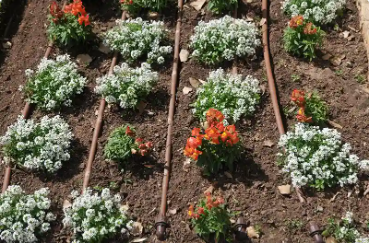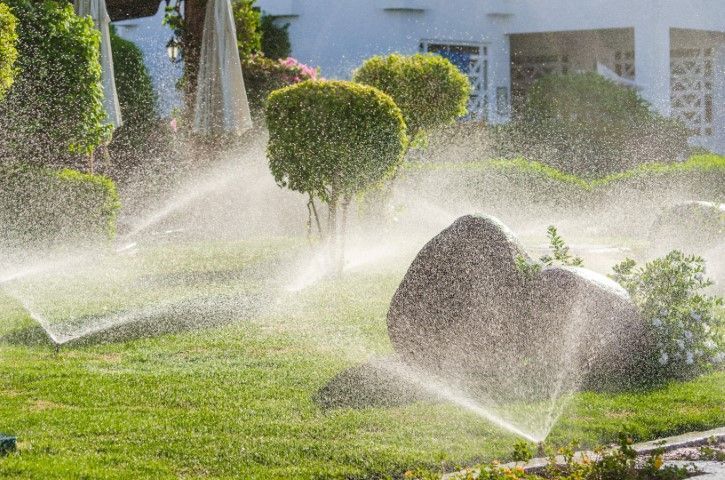Maximize Efficiency With Dew Drop Sprinklers: Innovative Solutions for Your Irrigation Needs
Maximize Efficiency With Dew Drop Sprinklers: Innovative Solutions for Your Irrigation Needs

As you explore the latest in irrigation technology, consider how Dew Drop Sprinklers could transform your approach to water management. This system isn’t just about watering your plants; it’s engineered to tailor water distribution efficiently, ensuring that each plant receives precisely what it needs without waste. You’ll find that not only does this method support sustainable water use, but it also cuts down on your expenses by minimizing overuse and reducing runoff. Now, imagine the impact this could have on your crops’ yield and overall health. Curious about how it works and the potential it holds for your fields?
Understanding Dew Drop Technology
Dew Drop technology utilizes advanced micro-irrigation systems to optimize water distribution, ensuring that each plant receives the precise amount of moisture needed for optimal growth. This system is a pioneer in water conservation, using innovative methods to reduce waste and enhance the efficiency of water use in agricultural and landscaping applications.
The origins of Dew Drop technology can be traced back to the early initiatives for sustainable agriculture, where the need for an efficient use of resources was imperative. Developed by a team of hydro-engineers and agronomists, this technology was designed to address issues of water scarcity and the inefficiencies of traditional irrigation methods. By employing a network of precisely controlled emitters, Dew Drop systems deliver water directly to the root zone of plants, minimizing evaporation and runoff.
What sets Dew Drop apart is its ability to integrate seamlessly with existing irrigation infrastructure, making it adaptable and easy to implement. The technology also incorporates sensors that monitor soil moisture levels in real time, allowing for adjustments in water delivery to meet the specific needs of each plant. This targeted approach not only conserves water but also supports the health and productivity of the plant, ensuring you’re making the most out of every drop.
Benefits of Efficient Irrigation
Building on the innovative Dew Drop technology, efficient irrigation practices offer significant benefits, including reduced operational costs and enhanced crop yields. By optimizing water usage, you’re not just saving on your utility bills but also contributing to significant water conservation efforts. This technology ensures that water distribution is targeted and precise, reducing wastage and preventing the over-saturation of soil which can lead to reduced oxygen availability for plant roots.
Efficient irrigation fosters deeper root growth and improves the soil structure by allowing air and nutrients to penetrate better. This results in healthier plants and significantly higher crop yields. You’ll notice that your plants are not only growing more robustly but are also more resistant to drought and disease. The uniform application of water ensures that all parts of your field receive an equal opportunity for growth, thereby maximizing overall productivity.
Moreover, the data-driven approach of Dew Drop systems allows for monitoring and adjusting water levels based on real-time environmental conditions and soil moisture data. This precision agriculture practice ensures that you’re using only the water your crops need, eliminating guesswork and enhancing the sustainability of your agricultural operations. By adopting these advanced systems, you’re positioned at the forefront of agricultural efficiency and environmental responsibility.
Installation and Setup Tips
To ensure optimal performance of your Dew Drop Sprinkler system, it’s crucial to follow specific installation guidelines tailored to your agricultural landscape. First and foremost, proper site preparation is essential. You’ll need to assess the terrain and soil type, which influences water distribution and absorption rates. Here’s how you can visualize the setup process:
1. Mapping Your Area: Begin by creating a detailed map of your field, noting any slopes, high grounds, and type of crops. This helps in determining the optimal placement of each sprinkler head to ensure even coverage and efficient water use.
2. Gathering Installation Tools: Collect all necessary tools before starting. You’ll need pipe cutters, trenching shovels, and perhaps a vibratory plow if you’re installing underground systems. Make sure also to have waterproof connectors and tubing on hand.
3. Laying Out the System: Start by laying the main line, ensuring it’s positioned centrally to cover all intended areas. Place the sprinkler heads at strategic points as per your earlier mapping. Each sprinkler head should be tested to confirm it reaches its designated zone effectively.
Maintenance and Care Guidelines
Regular maintenance of your Dew Drop Sprinkler system is crucial for ensuring its longevity and optimal functionality. To start, you’ll need to adopt a systematic approach to inspect all components periodically. Check for any signs of wear or damage, particularly in the sprinkler heads and connecting hoses. It’s vital to clear any debris that might clog the nozzles to prevent uneven water distribution.
Repair techniques are essential skills you’ll need to master. For instance, if a valve isn’t closing properly, it could be due to sediment build-up. This requires disassembly and careful cleaning of the valve components. Make sure you’re comfortable with the manufacturer’s guidelines to avoid any inadvertent damage during these repairs.
Winter protection is another critical aspect of Dew Drop Sprinkler care. Before the first freeze, it’s imperative to thoroughly drain all water from the system to prevent pipe bursts. This involves shutting off the water supply and using compressed air to blow out any remaining water in the pipes. Insulating exposed parts can also be beneficial to shield your system from freezing temperatures.
Case Studies and Success Stories
Several case studies highlight how Dew Drop Sprinklers have significantly improved irrigation efficiency across diverse agricultural settings. You’ll find the technical details of these improvements particularly enlightening, whether you’re managing a small family farm or overseeing vast agricultural operations.
1. The Sunflower Farm Case: Located in the arid region of Central California, Sunflower Farm faced severe water scarcity issues. After installing Dew Drop Sprinklers, they reported a 30% increase in water conservation and a 20% increase in crop yield. The precision application reduced water waste and provided optimal hydration to the sunflower beds.
2. Green Valley Vineyards: This vineyard in Oregon utilized Dew Drop Sprinklers to target specific zones within their expansive fields. The result was a 25% improvement in water efficiency and a notable enhancement in grape quality, directly impacting wine production with increased flavor profiles and market value.
3. High Plains Wheat Co.: In a semi-arid region in Texas, this wheat producer saw dramatic improvements. By implementing Dew Drop technology, they achieved a 40% reduction in water usage while increasing their wheat yield by 15%, proving that strategic water management is pivotal.
These cases demonstrate that innovative irrigation technology like Dew Drop Sprinklers isn’t just about saving water; it’s also about enhancing crop yield and ensuring agricultural sustainability.
- Avoid These 5 Common Irrigation Blunders Every Homeowner Makes
- Your Go-To Guide for Picking the Perfect Sprinkler System for a Lush Lawn: Handy Tips and Tricks
- Impact of Climate on Irrigation System Design and Operation
- The Role of Soil Moisture Sensors in Irrigation Efficiency
- Cost-Effective Irrigation Solutions for Small Gardens
